Page 129 of 271

Communication
128
Button
Action
Radio, traffic information
CD
The CD changer / MP3
Navigation
press briefly
Switch off/on tone / activation and deactivation of the voice control
a)
press button for a long
period of time
switch off/on*
turn upwards
Increase volume
turn downwards
Decrease volume
press briefly
Changing to the next
stored radio station
Changing to the next stored traffic information
Interrupting the traffic report
Changing to the next title
press button for a
long time
Interruption of the traffic report
fast forward
press briefly
Changing to the previously stored radio station Changing to the previously stored traffic information
Interrupting the traffic report
Changing to the previous title
press button for a
long time
Interruption of the traffic report
fast rewind
Changing the audio source
press briefly
Calling up the main menu
press button for a long time
press briefly
Interruption of the traffic report
without function
press button for a long
period of time
turn upwards
Display of the station list
scroll upwards
Interruption of the traffic reports
Changing to the previous title
without function
turn downwards
Display of the station list
scroll downwards
Interruption of the traffic report
Changing to the next title
A1A1A1A1A2A2A3A3A4A5A5A6A6A6A6
sgg.6.book Page 128 Thursday, September 24, 2009 2:32 PM
Page 130 of 271

Communication
129
Using the system
Safety
Driving Tips
General Maintenance
Breakdown assistance
Technical Data
Mobile phones and tw
o-way radio systems
The installation of a mobile phone and two-way radio system in a vehicle should be carried out by a specialist garage. Mobile phones send and receive radio wave
s during a conversation as well as in
standby mode. Radio waves can be harmful
to the human body if their frequency
exceeds certain limit values. Škoda Auto permits the operation of mobile
phones and two-way radio systems with
a professionally installed external aerial and a maximum transmission power of up to 10 watts. It is essential that you inform yourself at
a specialist garage about the possibilites to
assemble and operate systems
which have a power output of more than 10 W. They
will inform you which technical possibilit
ies exist for retrofitting mobile phones.
When using a mobille phone inside the vehicl
e, which is not inserted into the phone
adapter, and thus has no connection to the
external aerial, the electromagnetic radia-
tion can exceed the current limit value. We therefore recommend to operate a mobile phone in the vehicle only when it is conne
cted to an external aerial via the phone
adapter. This improves the quality of the connection. Operation of mobile phones or two-way ra
dio systems may interfere with functioning
of the electronic systems of your vehicle. The reasons for this may be:•
no external aerial,
•
external aerial incorrectly installed,
•
transmission power greater than 10 watts.
WARNING
•
If a mobile phone or a two-way radio
system is operated in the vehicle
without using a special exte
rnal aerial or an extern
al aerial which has been
incorrectly installed, this can increase the strength of the electromagnetic field in the interior of the vehicle.•
Please concentrate fully at
all times on your driving!
•
You must not install two-way radio systems, mobile phones or mounts on
the covers of the airbags or within the immediate deployment range of airbags. This might result in injuries to the
occupants in the event of an accident.
•
Never leave a mobile phone on a seat, on
the dash panel or in another area,
from which it can be thrown during a sudden braking manoeuver, an accident or a collision. In this case, the occupants of the vehicle might be injured.
Note
Observe the country-specific regulations for the use of mobile phones in vehicles.Universal telephone preinstallation GSM II*IntroductionThe telephone preinstallation GSM ll is a complete and built-in “handsfree-system”, it provides a voice operated convenience mode via the multifunction steering wheel* or the touchscreen of the radio*
or the navigation system*.
All communication between a telephone and
the handsfree-system of your vehicle
can only be established with the help of the Bluetooth
® technology. The adapter*
serves only for charging the telephone and fo
r transmitting the signal to the external
aerial of the vehicle. To ensure an optimum signal transmission, always leave the telephone with the adapter* in the telephone mount. A phone phonebook is part of the mobile ph
one preinstallation with voice control. In
the phone phonebook there are 1 500 free me
mory locations available. This phone
phonebook is independent of the a
ppliance used for the mobile phone.
If the system answers with the voice response “
Telephone is not ready
”, please check
the operating state of the telephone as follows:
a)Only valid for the navigation system Columbus.
WARNING (continued)
sgg.6.book Page 129 Thursday, September 24, 2009 2:32 PM
Page 131 of 271

Communication
130
•
Is the telephone switched on?
•
Is the PIN code entered?
WARNING
Pay attention primarily to the traffic situation! As the driver you are fully responsible for road safety. Use the teleph
one system only to such an extent, so
that you are in full control of your vehicle at any time.
Caution
Taking the mobile phone out of the adapter du
ring the call can lead to interruption of
the connection. When taking out the mobile phone, the connection to the factory-fitted antenna is interrupted, this reduces the quality of the transmitting and receiving signal. The charging of the mobile phone battery is also interrupted.
Note
•
Please also refer to the additional instructions
⇒page 129, “Mobile phones and
two-way radio systems”.•
Should you have any questions, please
contact an authorised Škoda Service
Par tner.Bluetooth
®
The Bluetooth
® technology serves as cableless connection of a mobile
phone to a hands-free sy
stem of your vehicle.
In order to connect a mobile phone with Bluetooth
® to the hands-free system, it is
necessary to adapt the phone and the hands-free system to each other. Detailed infor- mation on this is provided in the operatin
g instructions of your mobile phone. The
following steps must be carried out for the connection: – Switch on the ignition.– Select Bluetooth
® on the mobile phone and select the menu with which the
mobile phone searches for suitable Bluetooth
® devices.
– If the hands-free system on the display of the mobile phone announces
Skoda
UHV
, enter the PIN°
1234
within 30 seconds and wait, until the connection is estab-
lished.
12)
While connecting the mobile phone with th
e hands-free system by means of Blue-
tooth
®, no other phone can be connected with the hands-free system via Bluetooth
®.
Up to three mobile phones
can be connected to the hand
s-free system by means of
Bluetooth
®, whereby only one mobile phone can communicate via Bluetooth
® with
the hands-free system. If a fourth mobile phone is connected to the handsfree-system, then the telephone, which has not been used together with the handsfree system via Bluetooth
® for the longest peri
od, is disconnected.
Establish Bluetooth
® connection
After switching on the ignition, the Bluet
ooth connection is auto
matically established
for the already adapted mobile phone
12). Check on the mobile
unit if the automatic
connection was established. Disconnect Bluetooth
® connection
After withdrawing the ignition key, the Bluetooth
® connection is disconnected.
WARNING
In the event of air transport, the Bluetooth
® function of the handsfree-system
must be switched off
by a specialist garage!
Note
•
Not valid for all mobile phones which enable a communication via Bluetooth
®.
You can ask at a Škoda Service Partner if
your telephone is compatible with the
universal telephone preinstallation GSM II.•
Note that the range of the Bluetooth
® connection to the ha
ndsfree-system is
limited to the vehicle interior. The range is
dependent on local factors, e.g. obstacles
between the devices and interferences with othe
r devices. If your mobile phone is e.g.
12)Some mobile phones have a menu, in which the authorization for establishing a Bluetooth
®
connection is performed via the input of a code. If the input for the authorization is necessary, it must always be performed when re-e
stablishing the Bluetooth connection.
sgg.6.book Page 130 Thursday, September 24, 2009 2:32 PM
Page 132 of 271

Communication
131
Using the system
Safety
Driving Tips
General Maintenance
Breakdown assistance
Technical Data
in a jacket pocket, this can lead to diff
iculties when establishing the Bluetooth
®
connection with the handsfree-
system or the data transfer.
Inserting the mobile phone with the adapter* Inserting the mobile phone into the adapter ensures an optimal sending and receiving power and offers at the same time the advan- tage of the battery charging.Only one telephone mount* is factory-fitted. An adapter for the telephone can be purchased from the range of the Škoda original accessories.Inserting the mobile phone with the adapter– First of all push the adapter in the direction of arrow
⇒fig. 127
up to the stop
into the mount. Press the adapter slightly downwards, until it locks securely into position.
– Insert the mobile phone into the adapter (as specified in manufacturer's
instructions).
Removing the mobile phone with the adapter– Press simultaneouly the side locks of the mount and remove the mobile phone and
adapter
⇒fig. 127
.
Note
Please operate your mobile phone exclusively with a suitable adapter in order to keep a low radiation in the vehicle.Operation of the telephone on the multifunction steering wheel*The driver can set the basic functions of th
e telephone by simply operating the buttons
located on the steering wheel so that he can concentrate on the traffic situation without being distracted as little as
possible by operating the telephone
⇒fig. 128
.
This applies only if your vehicle has been equipped with the telephone preinstallation at the factory. If the side lights are switched on, the buttons on the multifunction steering wheel are illuminated. Overview of the different functions in contrast to the multifunction steering wheel without mobile phone operation
⇒page 126.
Fig. 127 Universal preparation for the phone
AA
AA
Button
Action
Operation
press briefly
Activation/deactivation button for voice control
(button PTT)
turn upwards
Increase volume
turn down- wards
Decrease volumeFig. 128 Multifunction steering wheel: Control buttons for the telephone
A1A1A1
sgg.6.book Page 131 Thursday, September 24, 2009 2:32 PM
Page 133 of 271

Communication
132
The buttons operate the functions for the
operating mode of the current telephone.
Operate the telephone via the information display*The display of texts in the menu
Phone
is possible in the following languages:
Czech, English, German, French,
Italian, Spanish and Russian.
If you select the menu point
Phone
on the information display with the aid of the
handwheel , you can change to the following menus:�„
Phone book
�„
Last calls
�„
Received calls
�„
Missed calls
Phone book In the menu point
Phone book
is the list of the loaded
contacts from the telephone
memory and the SIM card of the mobile phone. In the phone phonebook there are 1 500 free memory locations available.Voice control of the telephoneIntroductionFig. 129 Illustration image: Single
-button adapter / two-button adapter
On vehicles which are factory-fitted with a na
vigation system with voice control*, it is
only possible to operate the voice control via the navigation system*. The description on how to operate the voice control can be fo
und in the operating instructions of your
navigation system*. The voice control of the telephone is
activated by pressing the button
(button push
to talk) on the adapter*
⇒fig. 129
or by briefly pressing the button on the multi-
function steering wheel*
⇒page 131, fig. 128
.
Aside from the PTT button, the SOS butt
on can be found on certain adapters*
⇒ fig. 129
. This button is without function.
Note
The adapters illustrated
are only prime examples.
press briefly
Accept call, terminate call,
entry in the main menu of the telephone
press button for a long time
Reject call,
entry in the main menu of the telephone
press briefly
Reach one level higher in the menu
press button for a long time
Return in the main menu
press briefly
Confirm menu selection
press button for a long period of
time
Confirm menu selection,
the following initial letters in the telephone book
turn upwards
Previous menu point
turn down- wards
Next menu point
Button
Action
Operation
A2A2A3A3A4A4A4A4
A4
A1
sgg.6.book Page 132 Thursday, September 24, 2009 2:32 PM
Page 134 of 271

Communication
133
Using the system
Safety
Driving Tips
General Maintenance
Breakdown assistance
Technical Data
DialogueThe period, in which the telephone system is ready to receive voice commands and carry out the voice commands, is called DI
ALOGUE. The system gives audible feedback
and guides you if necessary through the relevant functions. You can start or end the dialogue at
any time by pressing the PTT button
on the
adapter*
⇒page 132, fig. 129
or on the multifunction steering wheel*
⇒page 131 or
end it with the voice command
CANCEL
.
The dialogue is always automatically ended after carrying out an operation, e.g. after erasing the name from the phonebook. When receiving an incoming call, the dialog
ue is immediately in
terrupted and you can
accept the call by pressing the button°
on the multifunction steering wheel*
⇒ page 131 or by pressing the button for re
ceiving a call directly on your telephone.
If a voice command is not detected, the system answers with “
Sorry?
” and a new entry
can be performed. After the 2nd error the system repeats the aid. After the 3rd error the answer “
Cancel
” is given and the dialogue is ended.
Optimum understanding of the voice commands depends on the following factors:•
Speak with a normal tone of voice withou
t intonation and excessive voice pauses.
•
Avoid insufficient articulation.
•
Close the doors, windows and sliding roof, in order to reduce or stop disturbing
exterior noise.•
It is recommended to speak louder at higher speeds, so that the tone of your voice
is louder than the increased surrounding noise.•
During the dialogue avoid additional nois
e in the vehicle, e.g. simultaneously
talking occupants.•
Do not speak, if the syst
em makes an announcement.
•
The microphone for voice control is direct
ed to the driver and front passenger.
Therefore the driver and the front passenger can operate the equipment.
Voice commandsThe digits
zero to nine
are permitted. The system dete
cts no continuous digit combi-
nations such as twenty-three, but only indi
vidually spoken digits (two, three). After
each order of digits (separation through br
ief voice pause) the detected digits are
repeated. The telephone number can be entered as an
interconnected spoken row of digits
(complete number), in the form of order of
digits (separation through a brief voice
pause) or through individually
spoken digits. After each order of digits (separation
through brief voice pause) the
detected digits are repeated.
If you enter more than 20 di
gits, the system announces: “
The number is too long
”.
Additionally for international calls a
Plus (+)
has to be entered in front of the 20 digits.
The voice control is possible in the following languages:
Czech, English, German, French, Italian and Spanish.Voice commands
Activity
ENTER PIN/PIN CODE
After this command the PIN code of the mobile phone can be entered
⇒page 134.
DIAL NUMBER
After this command a phone number can be entered which establishes a connection to the requested party.
REDIAL
After this command the last selected telephone number is selected again.
sgg.6.book Page 133 Thursday, September 24, 2009 2:32 PM
Page 135 of 271

Communication
134
Enter PIN codeA PIN code must be entered before operating the system. – Press the PTT button. – Give the command
ENTER PIN/PIN CODE
after the signal tone.
After this command the PIN code can be entered. The entry of the PIN code is only possible if:•
the ignition is switched on;
•
the mobile phone is in the mount;
•
the mobile phone is switched on.
Notes for entering the PIN code•
When entering a PIN code with more
than 8 digits, the system indicates “
The PIN
is too long
”.
•
When entering an incorrect PIN code, the system indicates “
The PIN is incorrect
”.
•
If the incorrect PIN code has been entered three times consecutively, the card is
blocked. With the aid of the personal unbl
ocking code PUK (Personal Unblock Key), the
SIM card can be unblocked.
The unblocking code can only be entered via the phone
keypad and not through the voice control.
Voice commands for operating the phone
phone book
Activity
SAVE/STORE
NAMES/NAME/NUMBER
After this command a name
with its telephone number
can be stored in the phone phone book.
SELECT NAMES/NAME
After this command a telephone number which was stored under its given name in the phone phone book can be selected.
DELETE NAMES/NAME
After this command a name in the phone phone book can be erased.
LISTEN TO/PLAY PHONE-
BOOK
After this command you ca
n listen-in to the phone
phone book.
DELETE PHONEBOOK
After this command the comp
lete phone phonebook or
one of the stored names can be erased.
Other possible com-
mands
Activity
DIAL
The telephone number is selected.
STORE
In addition to the name in the phone book, which is selected on the information display, a voice recording is stored to select with the help of the voice commands or the entered PIN code.
REPEAT
The entered name or the digits are repeated. Then the system requests with voice response “
please proceed
”
the entry of further digits or commands.
BACK
The entered name or the last entered order of digits is erased. Previously entered groups of digits are repeated. Then the system requests with voice response “
please
proceed
” the entry of further digits or commands.
DELETE
All entered digits are erased. Then the system requests with voice response “
The number is deleted. The
number please
” the entry of further digits or com-
mands.
CANCEL
The dialogue is ended.
Other possible com-
mands
Activity
sgg.6.book Page 134 Thursday, September 24, 2009 2:32 PM
Page 136 of 271

Communication
135
Using the system
Safety
Driving Tips
General Maintenance
Breakdown assistance
Technical Data
Phone voice phonebook*Example for storing names– Press the PTT button. – Give the command
SAVE/STORE NAMES/NAME/NUMBER
after the signal tone.
After giving this command, the system requests the entry of a name and a telephone number which should be stored in the phone voice phonebook. In the phone voice phonebook up to 50 entries can be stored. The stored entry is shown on the information display* with an asterisk in front of the name. For similar names additional information (e.g. first names) should be stored. Example for storing in
the phone voice phonebook
Inputs AUX-IN* and MDI*The input AUX-IN is located below the armrest* of the front seats and is marked with
.
The input MDI is located in the front centre console.
The inputs AUX-IN and MDI connect the ex
ternal audio sources (e.g. iPod or mp3
player) and record music from these device
s via your radio* or navigation system*
installed in the factory. The description of the operation can be found
in the relevant Ow
ner's Manual of your
radio* or your navigation*.
Note
•
The loudspeakers in the vehicle are matched to a power output of the radio and
navigation system of 4x 20°W.•
For the equipment sound system*, the
loudspeakers are matched to a power
output of the amplifier of 4x40°W + 6x20 W.CD changer*The CD changer for the radio and navigation sy
stem is housed on th
e left-hand side of
the luggage compartment.Loading a CD– Press on the button and insert the CD (compact disc) into the CD case . The
CD is automatically loaded onto the next
free position in the CD-changer. The LED
in the corresponding button stops flashing.
Voice command
Announcement
SAVE/STORE NAMES/NAME/NUMBER
“ The name please
”.
COMPANY XYZ
“Please repeat the name
”.
COMPANY XYZ
“The number please
”.
ZERO ONE TWO THREE
“Zero One Two Three
”.
FOUR FIVE SIX
“Four Five Six
”.
If no entry is put in, the following a
nnouncement is made af
ter about 5 seconds.
“Possible commands are: store, repeat, correct, delete or more digits
”.
STORE
“The name COMPANY XYZ is stored
”.
Fig. 130 The CD changer
AA
AB
AD
sgg.6.book Page 135 Thursday, September 24, 2009 2:32 PM
 1
1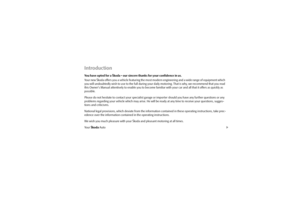 2
2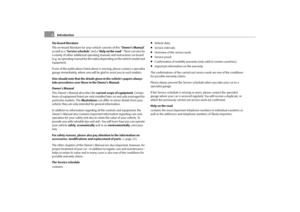 3
3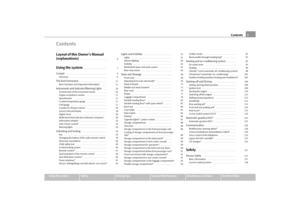 4
4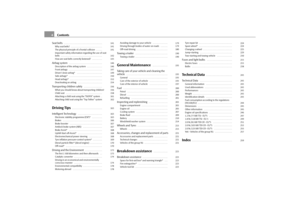 5
5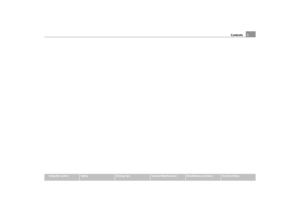 6
6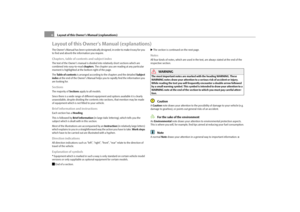 7
7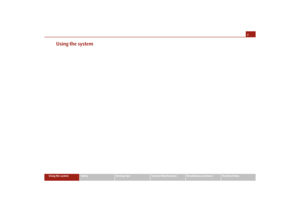 8
8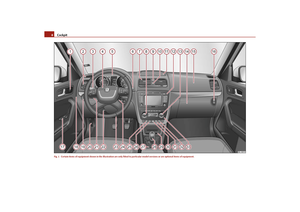 9
9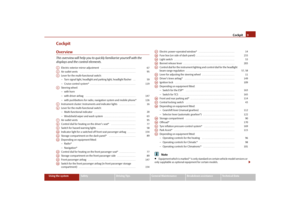 10
10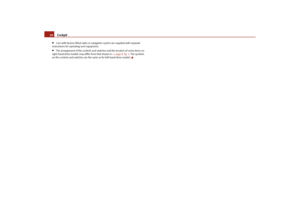 11
11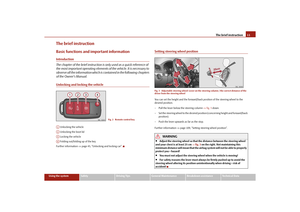 12
12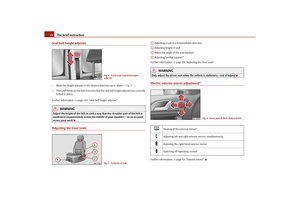 13
13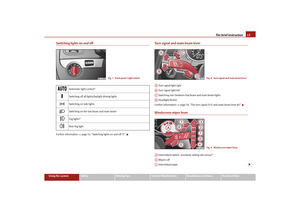 14
14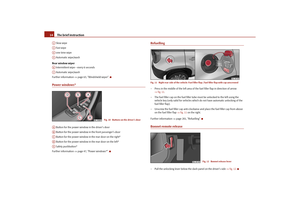 15
15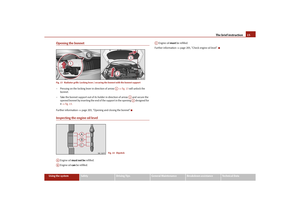 16
16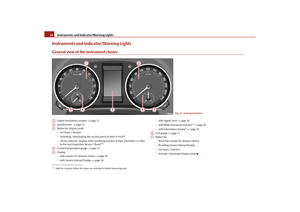 17
17 18
18 19
19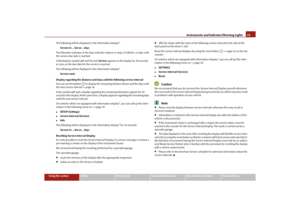 20
20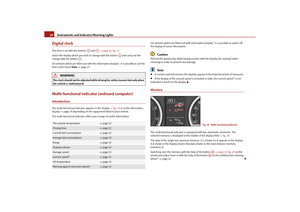 21
21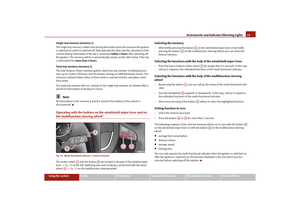 22
22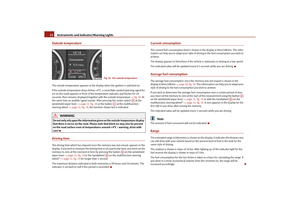 23
23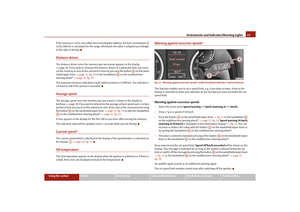 24
24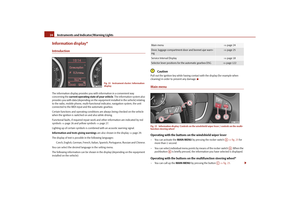 25
25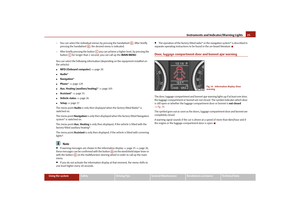 26
26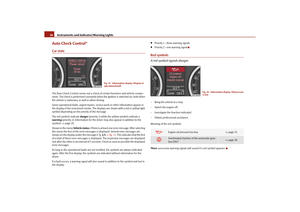 27
27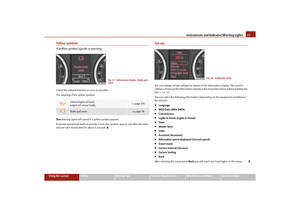 28
28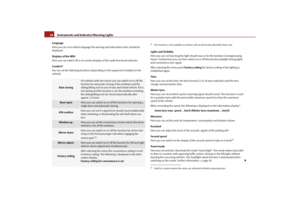 29
29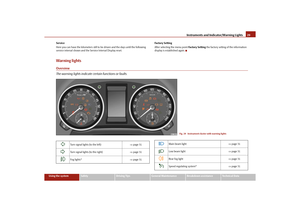 30
30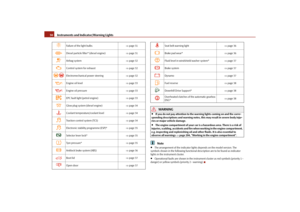 31
31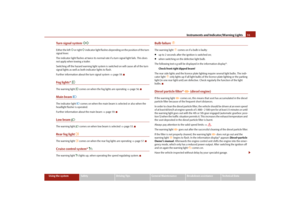 32
32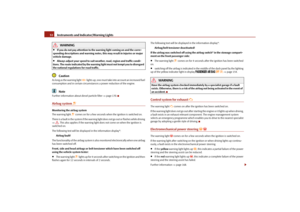 33
33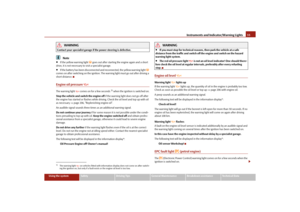 34
34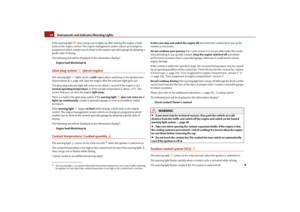 35
35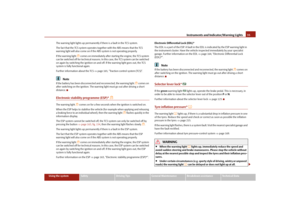 36
36 37
37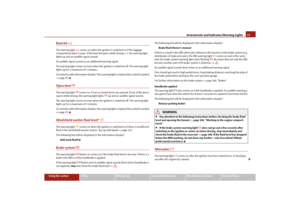 38
38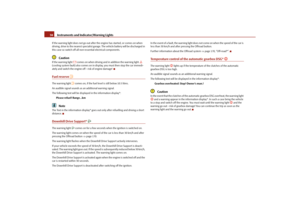 39
39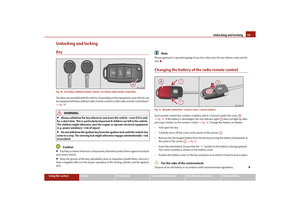 40
40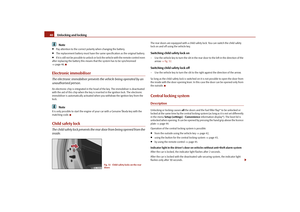 41
41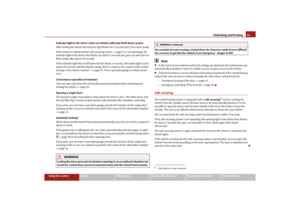 42
42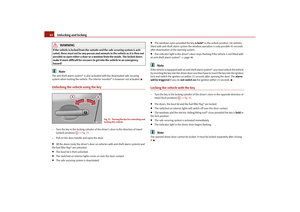 43
43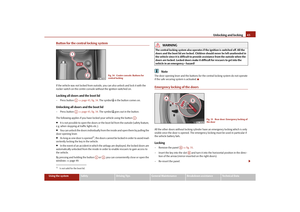 44
44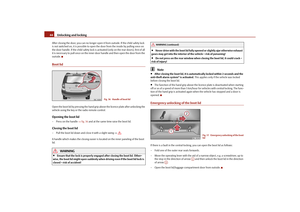 45
45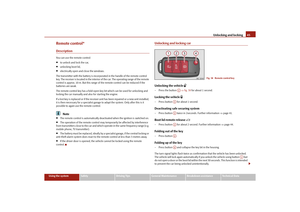 46
46 47
47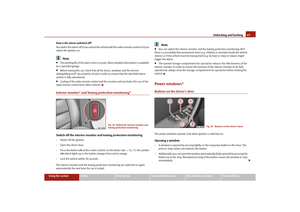 48
48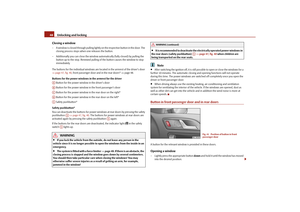 49
49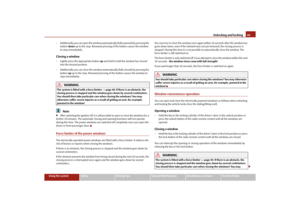 50
50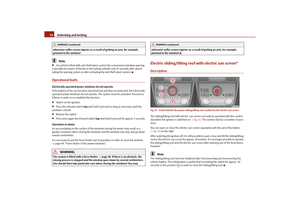 51
51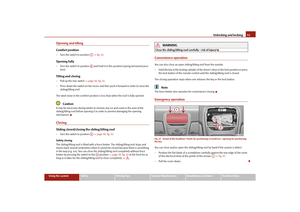 52
52 53
53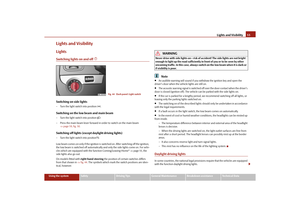 54
54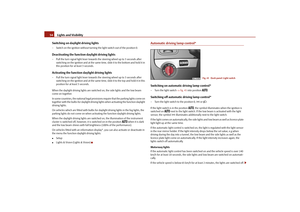 55
55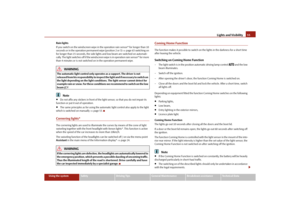 56
56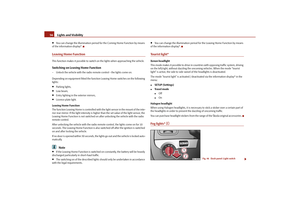 57
57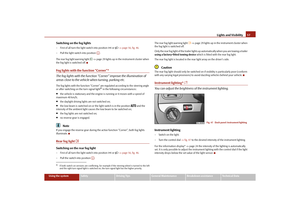 58
58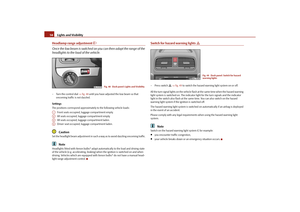 59
59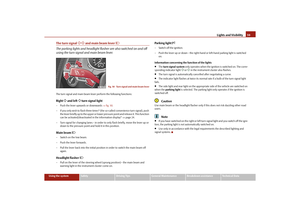 60
60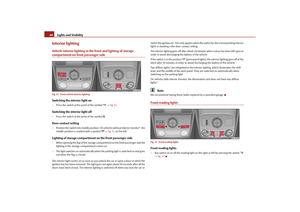 61
61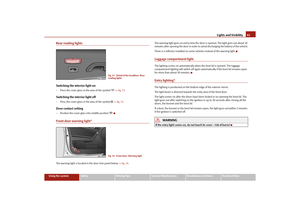 62
62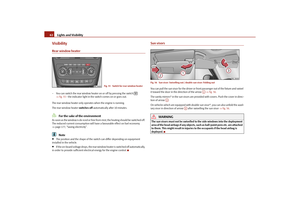 63
63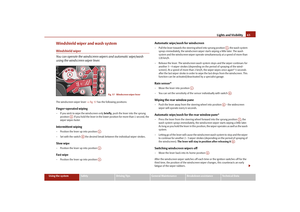 64
64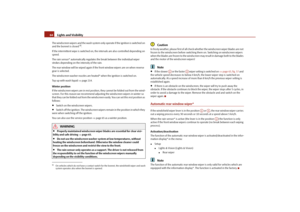 65
65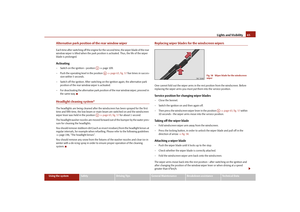 66
66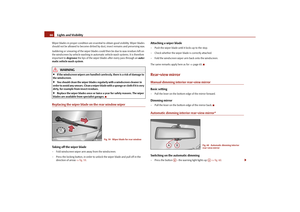 67
67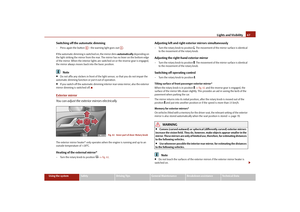 68
68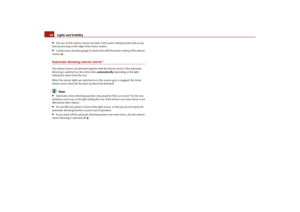 69
69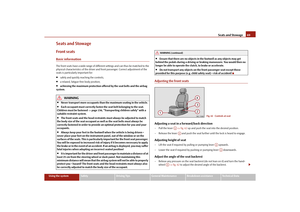 70
70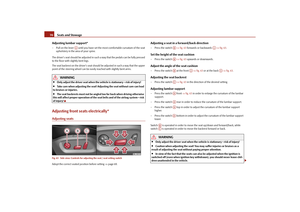 71
71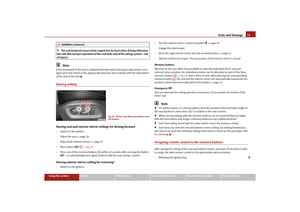 72
72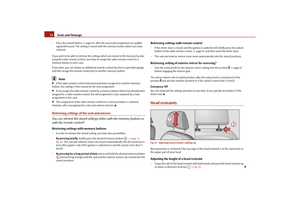 73
73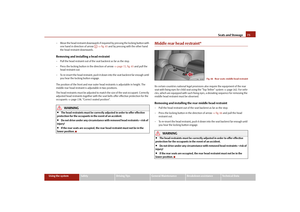 74
74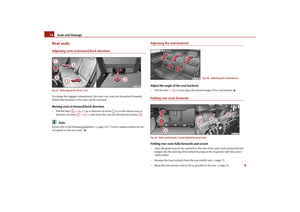 75
75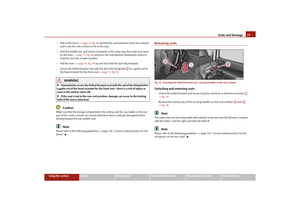 76
76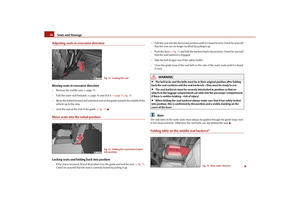 77
77 78
78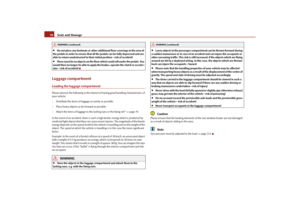 79
79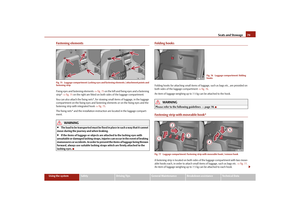 80
80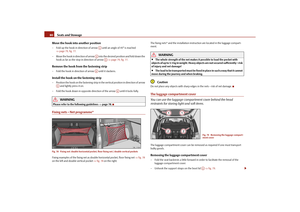 81
81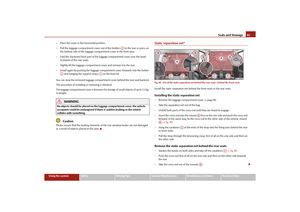 82
82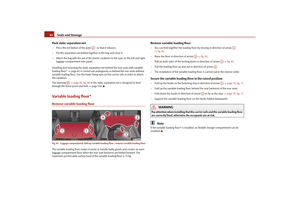 83
83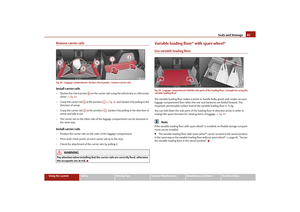 84
84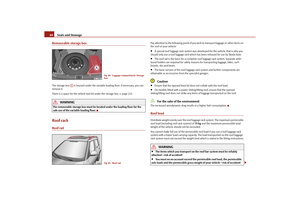 85
85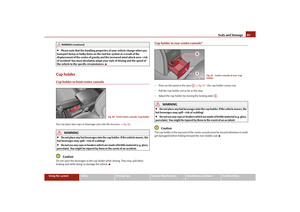 86
86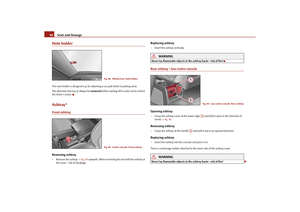 87
87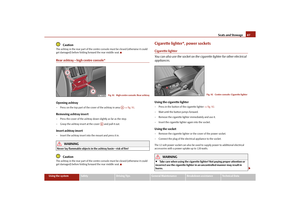 88
88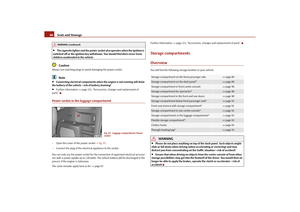 89
89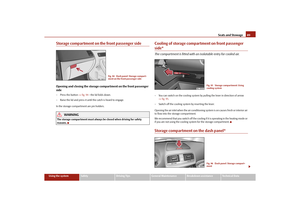 90
90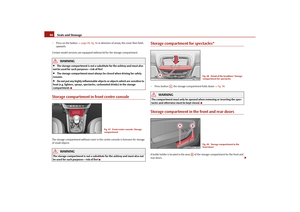 91
91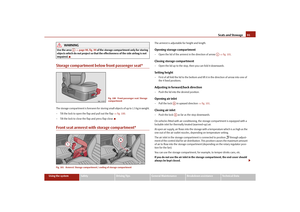 92
92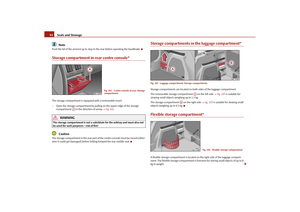 93
93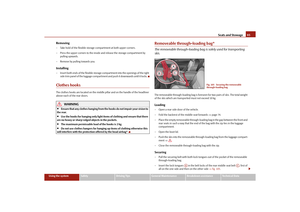 94
94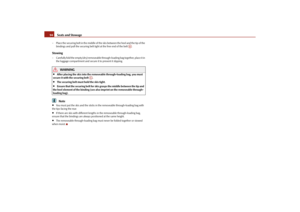 95
95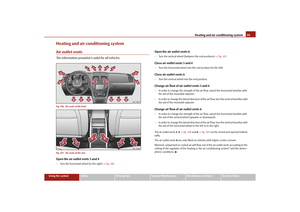 96
96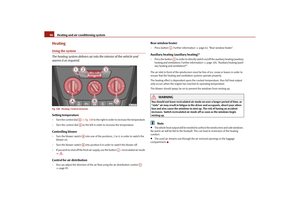 97
97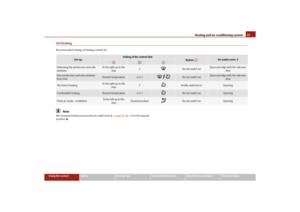 98
98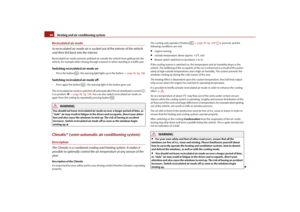 99
99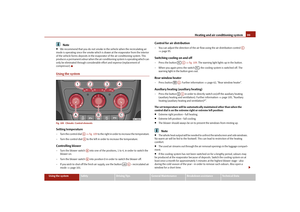 100
100 101
101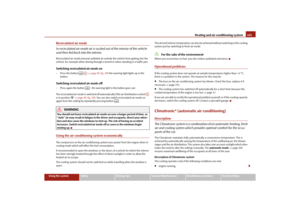 102
102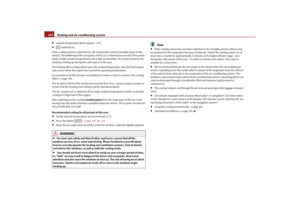 103
103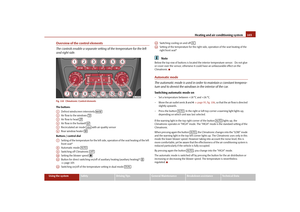 104
104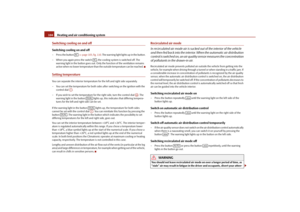 105
105 106
106 107
107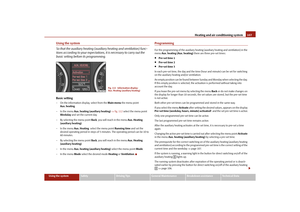 108
108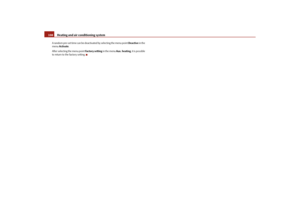 109
109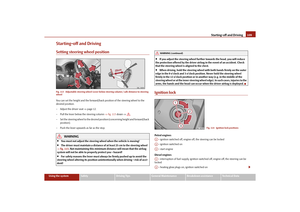 110
110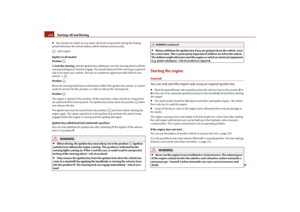 111
111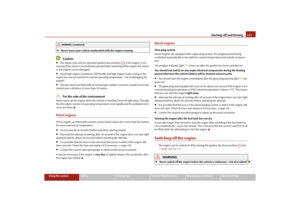 112
112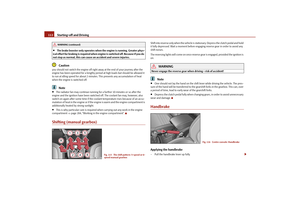 113
113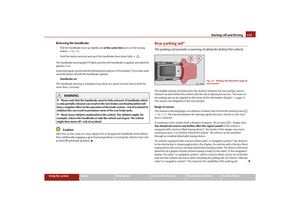 114
114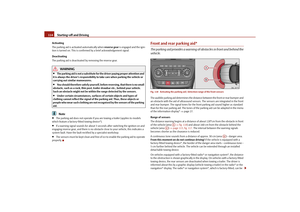 115
115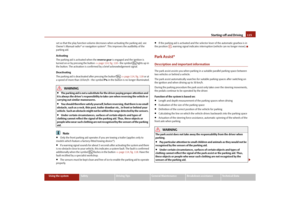 116
116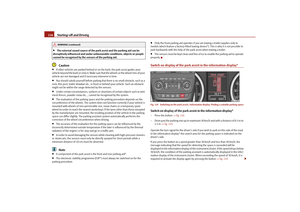 117
117 118
118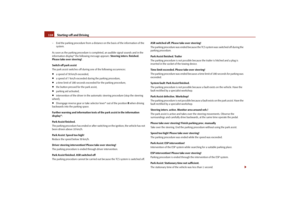 119
119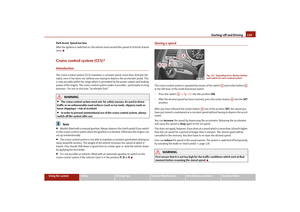 120
120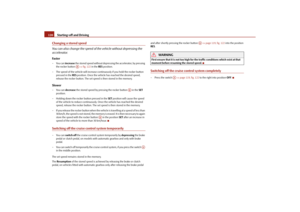 121
121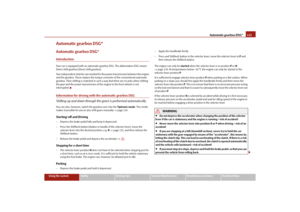 122
122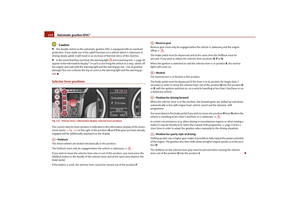 123
123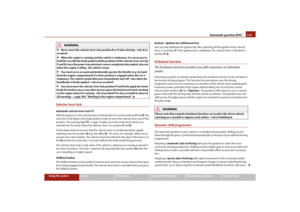 124
124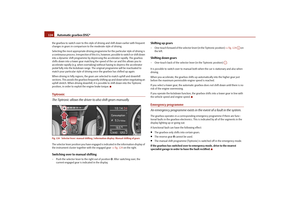 125
125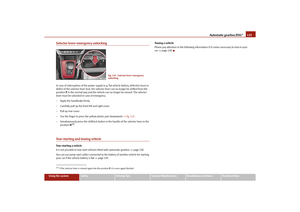 126
126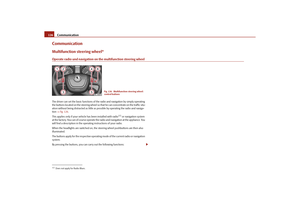 127
127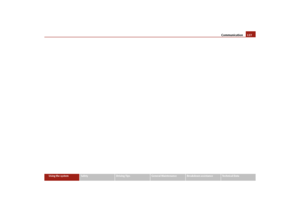 128
128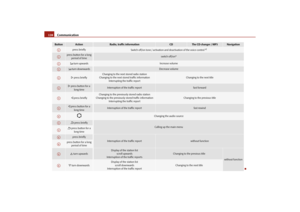 129
129 130
130 131
131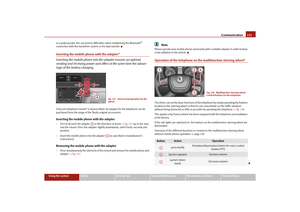 132
132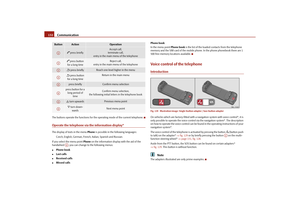 133
133 134
134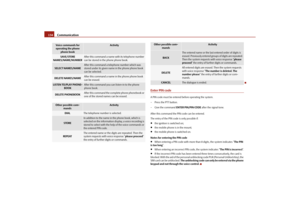 135
135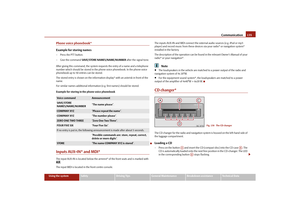 136
136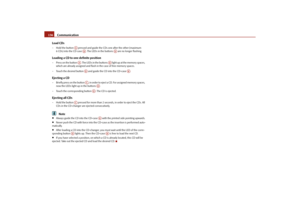 137
137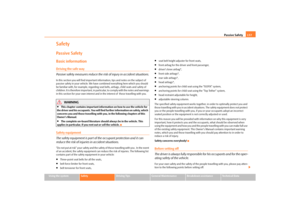 138
138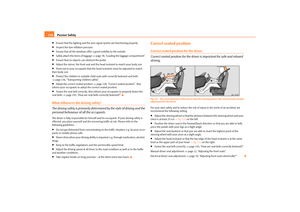 139
139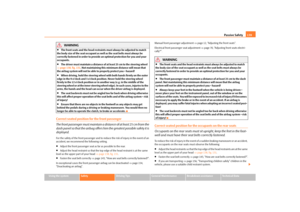 140
140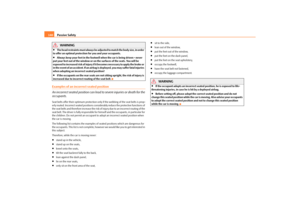 141
141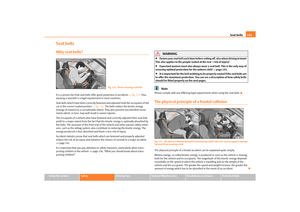 142
142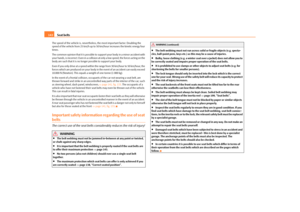 143
143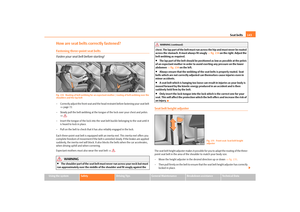 144
144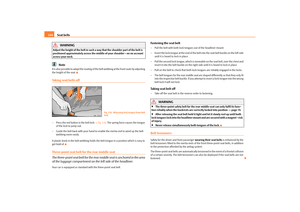 145
145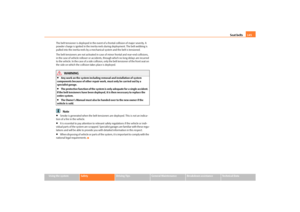 146
146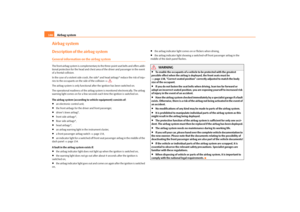 147
147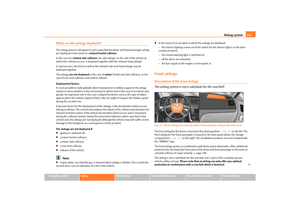 148
148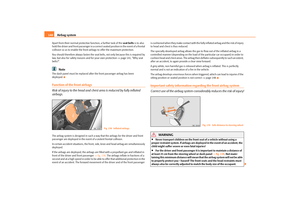 149
149 150
150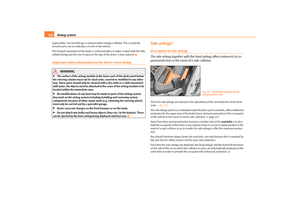 151
151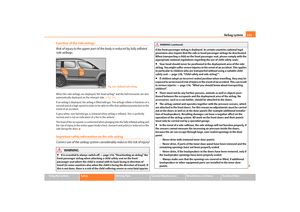 152
152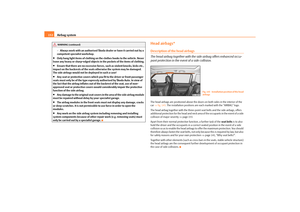 153
153 154
154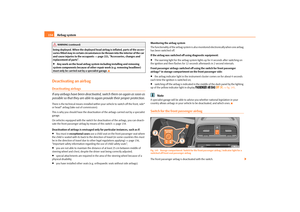 155
155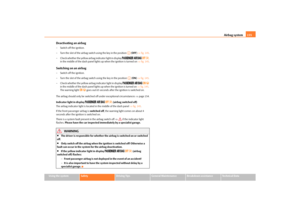 156
156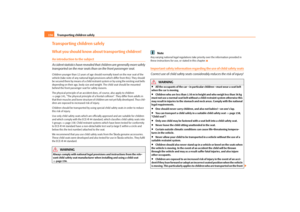 157
157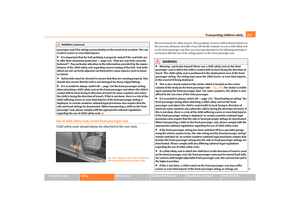 158
158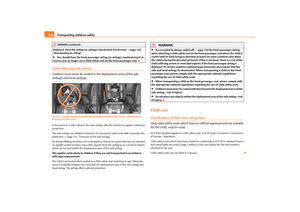 159
159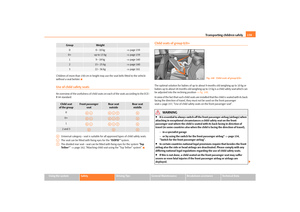 160
160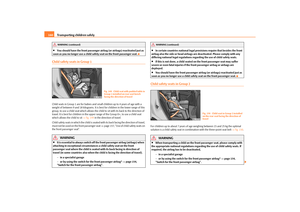 161
161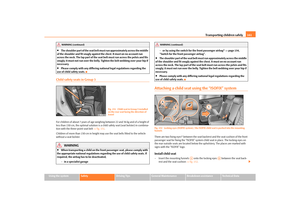 162
162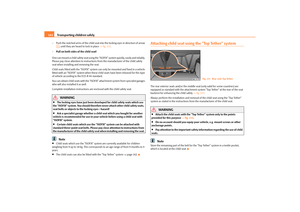 163
163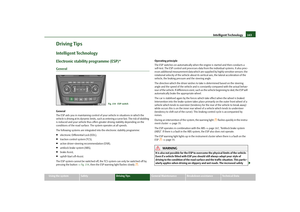 164
164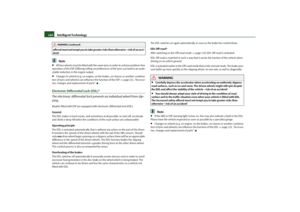 165
165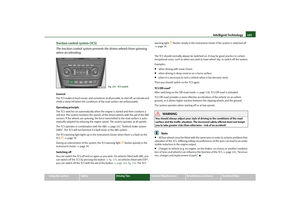 166
166 167
167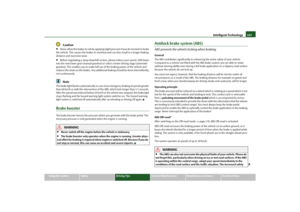 168
168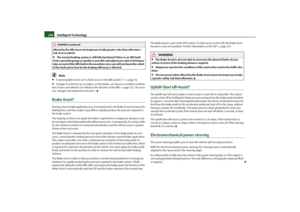 169
169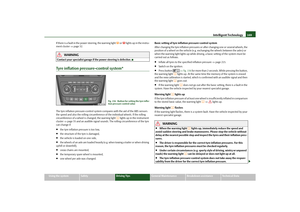 170
170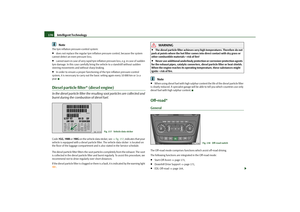 171
171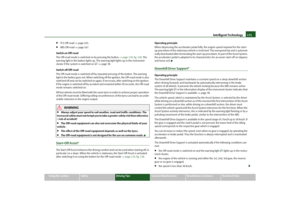 172
172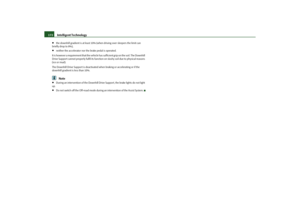 173
173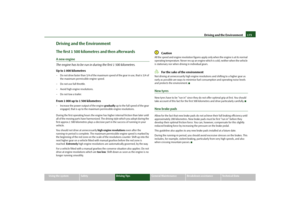 174
174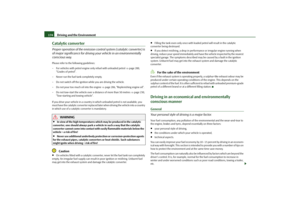 175
175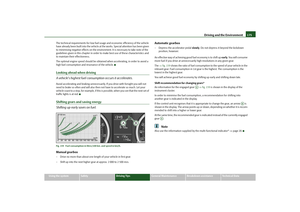 176
176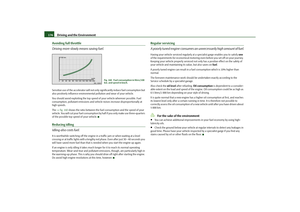 177
177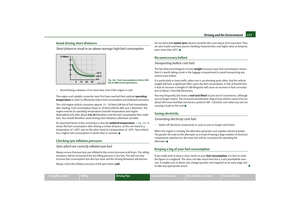 178
178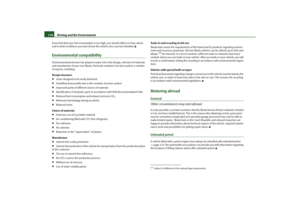 179
179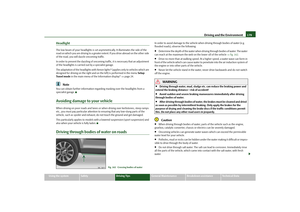 180
180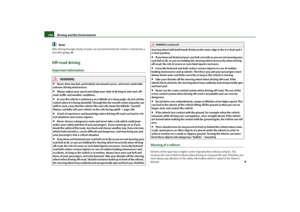 181
181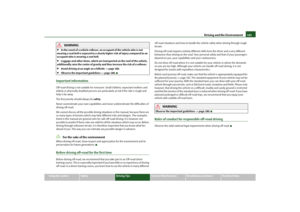 182
182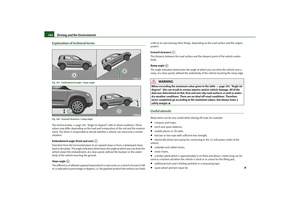 183
183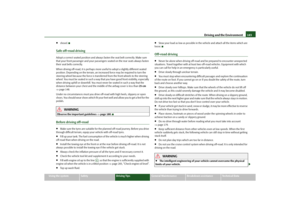 184
184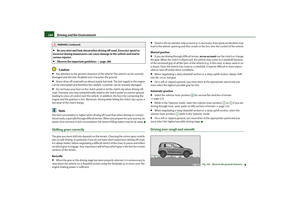 185
185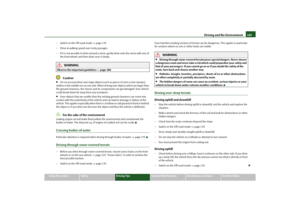 186
186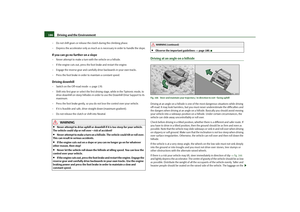 187
187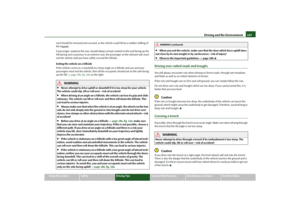 188
188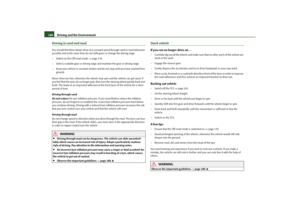 189
189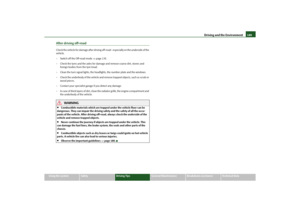 190
190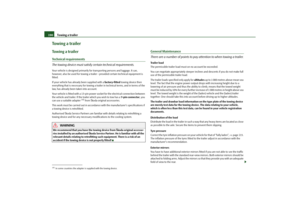 191
191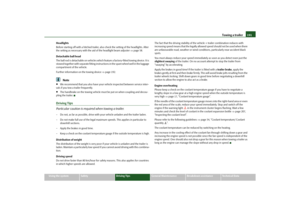 192
192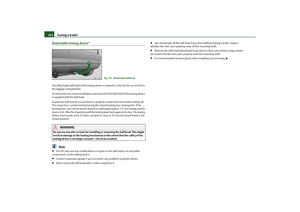 193
193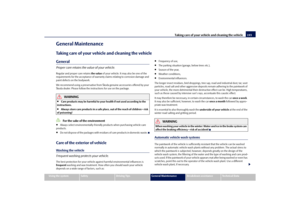 194
194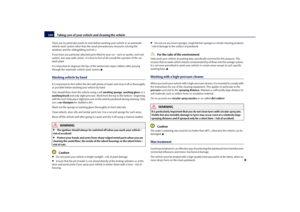 195
195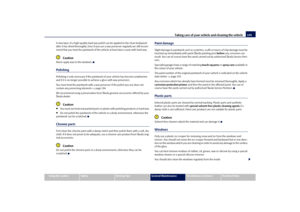 196
196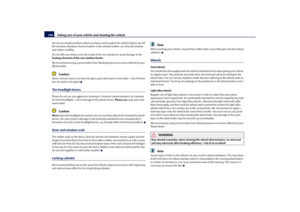 197
197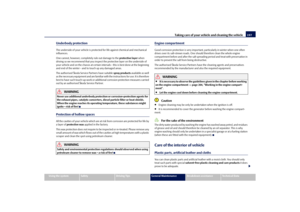 198
198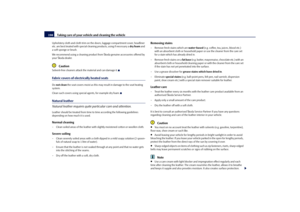 199
199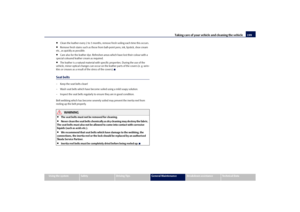 200
200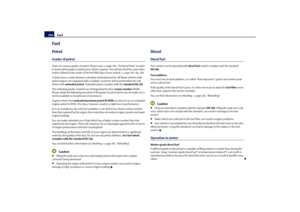 201
201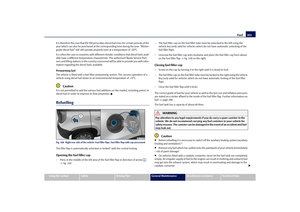 202
202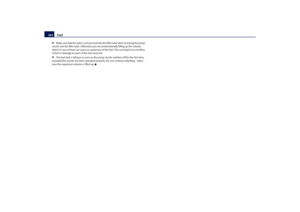 203
203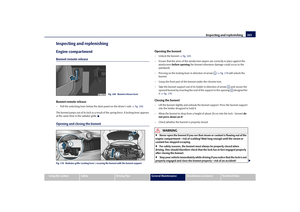 204
204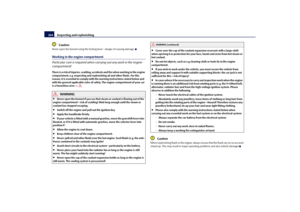 205
205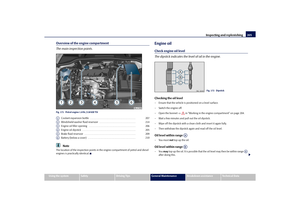 206
206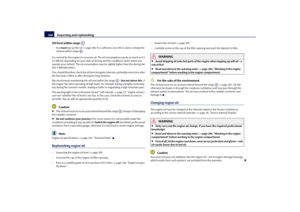 207
207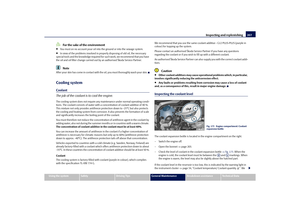 208
208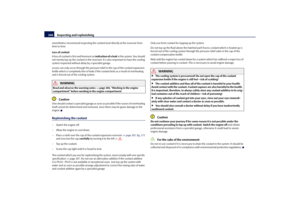 209
209 210
210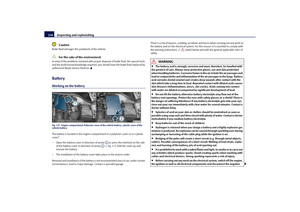 211
211 212
212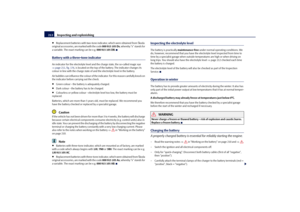 213
213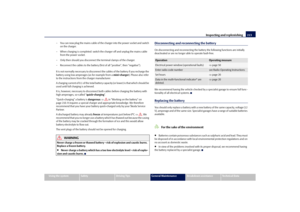 214
214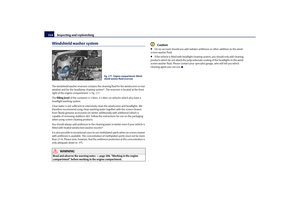 215
215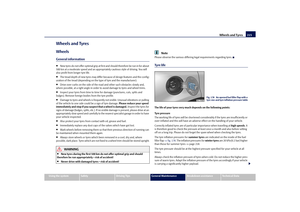 216
216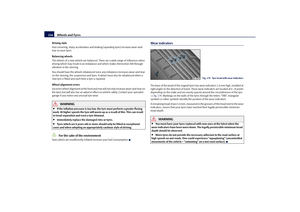 217
217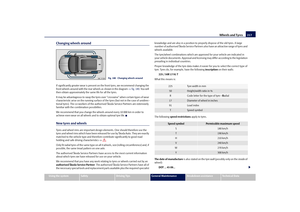 218
218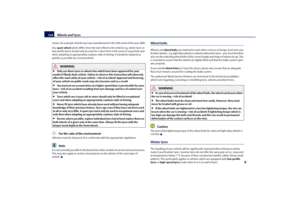 219
219 220
220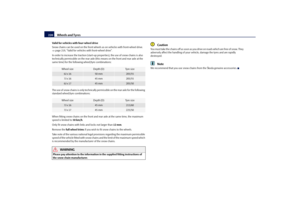 221
221 222
222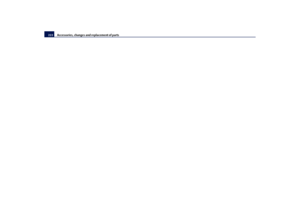 223
223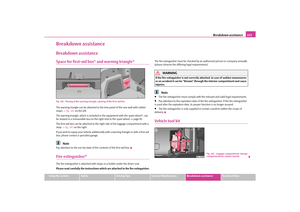 224
224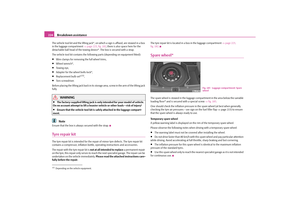 225
225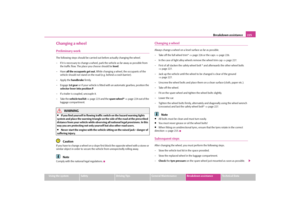 226
226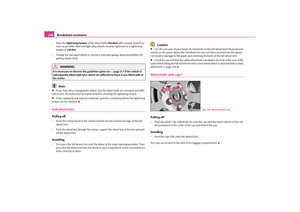 227
227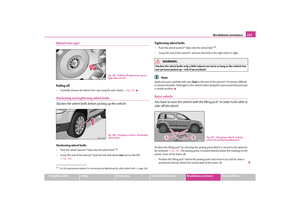 228
228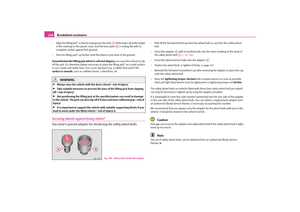 229
229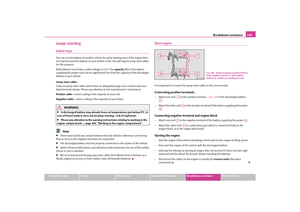 230
230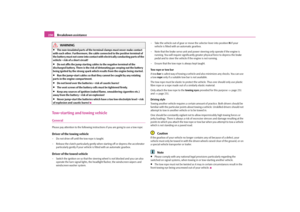 231
231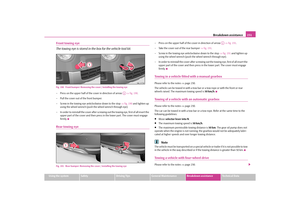 232
232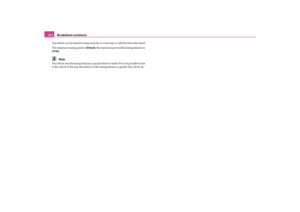 233
233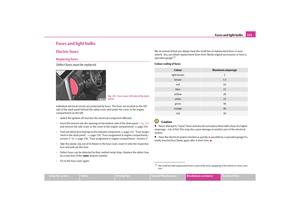 234
234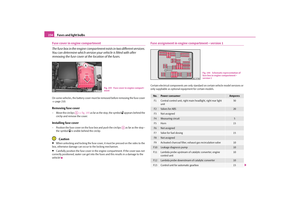 235
235 236
236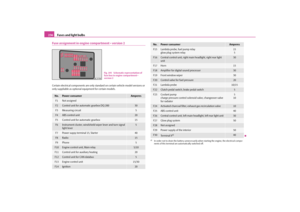 237
237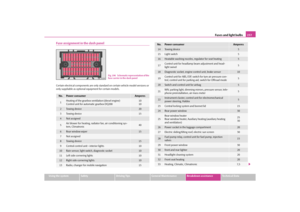 238
238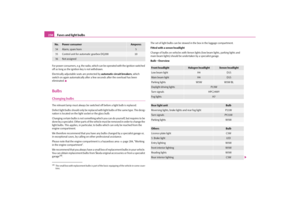 239
239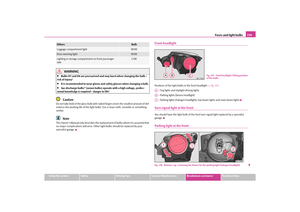 240
240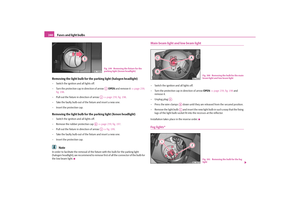 241
241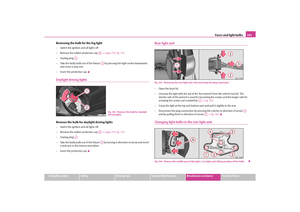 242
242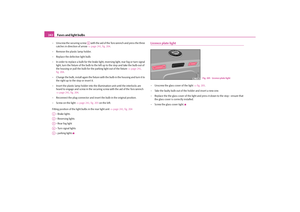 243
243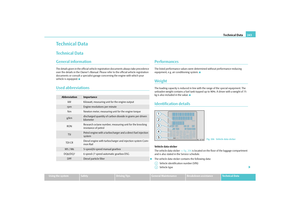 244
244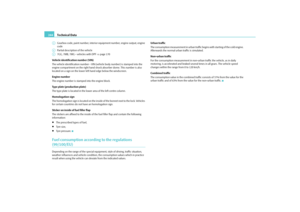 245
245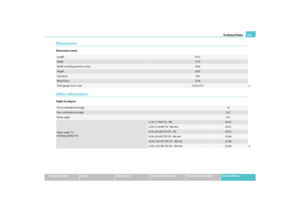 246
246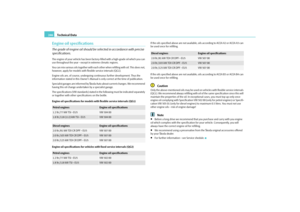 247
247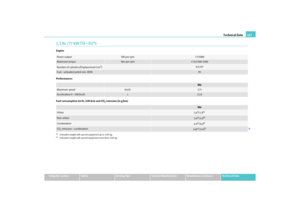 248
248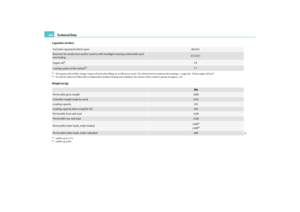 249
249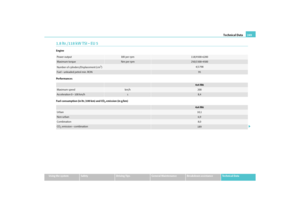 250
250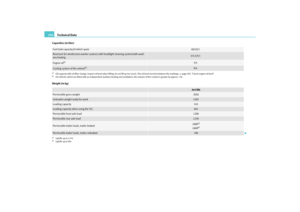 251
251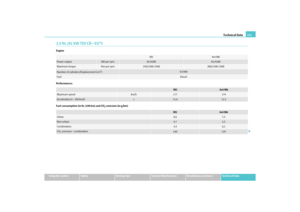 252
252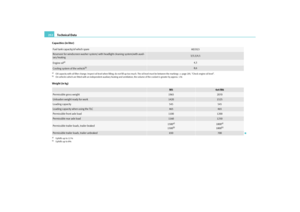 253
253 254
254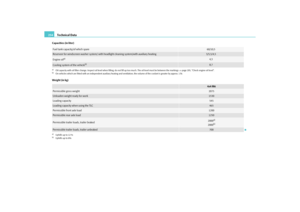 255
255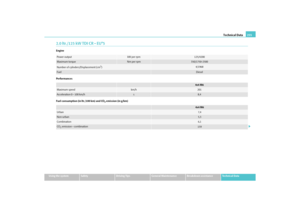 256
256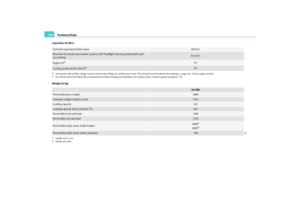 257
257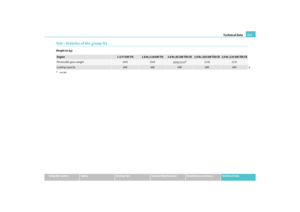 258
258 259
259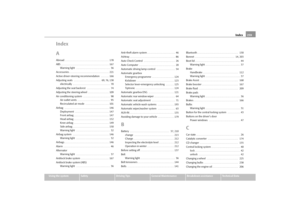 260
260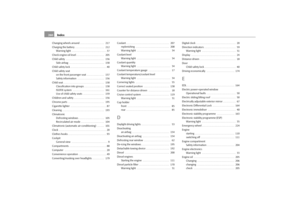 261
261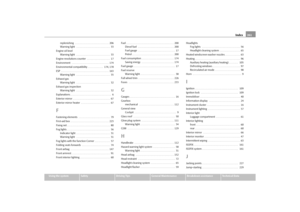 262
262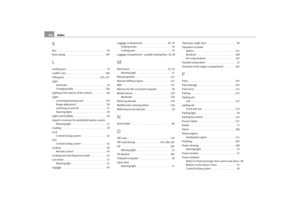 263
263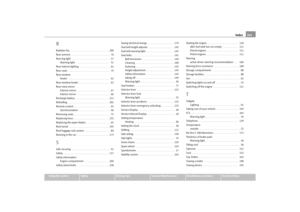 264
264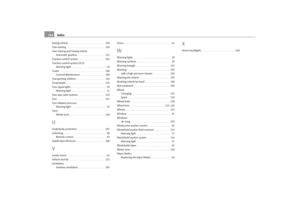 265
265 266
266 267
267 268
268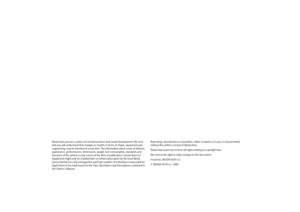 269
269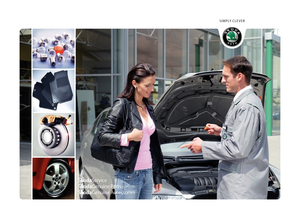 270
270






